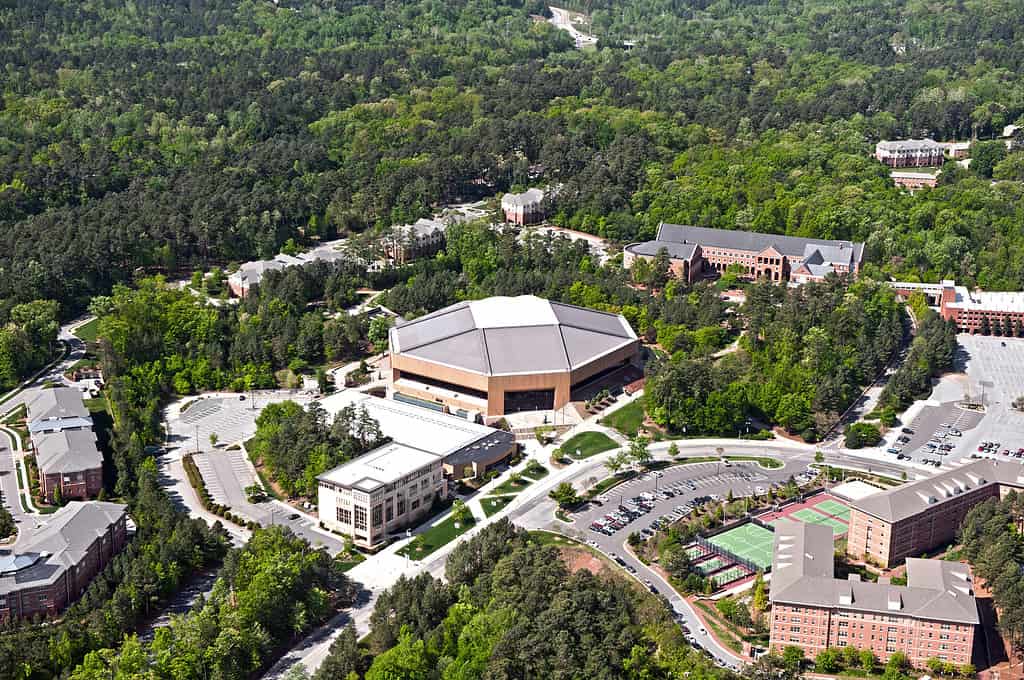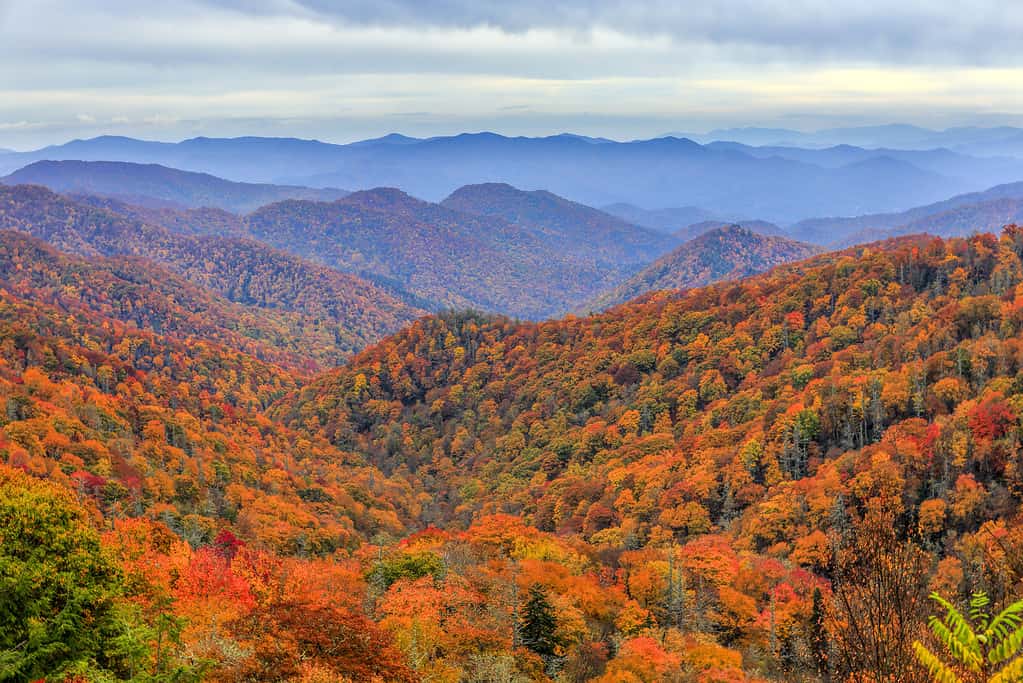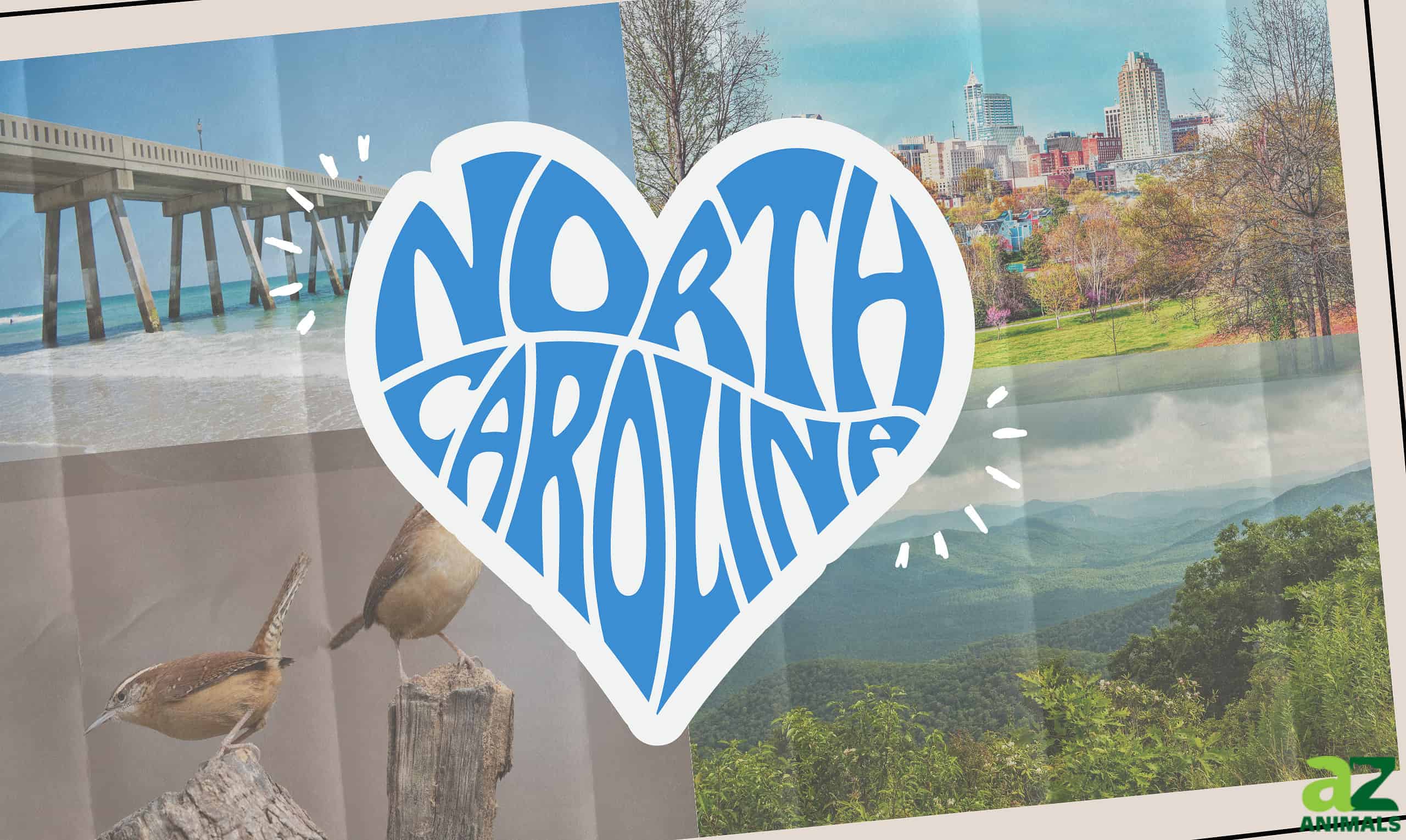North Carolina is a state famous for its college basketball, its past contributions to the tobacco industry, their Outer Banks beach, and its nature. The Tarheel state has grown exponentially within the last 50 years. North Carolina was admitted into the Union in 1789. It’s the 28th largest state in the United States but the 9th most populated state in America today. In 1970, North Carolina’s population was at 5,082,059. As of 2020, North Carolina’s population has grown to 10,439,388.
Some of the most populated counties in North Carolina as of 2020 are:
- Wake: 1,129,410
- Mecklenburg: 1,115,482
- Guilford: 541,299
- Forsyth: 382,590
- Cumberland: 334,728
The counties that grew the most from 2010-2020 were Wake, Mecklenburg, and Guilford. Wake County has notable cities like Raleigh, Morrisville, and Garner. Mecklenburg County holds Charlotte and Pineville. Guilford has cities like Greensboro and McLeansville. So, with the 105% increase in population throughout the last 50 years, how come so many people moved to the Tarheel state?

An aerial view of the University of North Carolina campus and surrounding area in Chapel Hill, North Carolina.
©LanceKing/iStock via Getty Images
1. Their Beloved Colleges
North Carolina is home to top-rated colleges such as Duke University, North Carolina State University, University of North Carolina, North Carolina Central University, and the North Carolina Agricultural and Technical State University. As of 2014, NCA&T is the largest HBCU (Historically Black College & University), with over 13,000 students as their current student body. The popularity of NCAT attracts black students from all over for its prestigious student history, opportunities, and special attractions for visitors, such as the Greatest Homecoming On Earth.
From 1970 to 2020, the Triangle grew into a prominent area for college basketball. The Triangle area comprises Duke and North Carolina Central at Durham, the University of North Carolina at Chapel Hill, and North Carolina State University at Raleigh. All of these universities are mere minutes apart. These colleges are home to some college basketball legends like David Thompson, Michael Jordan, Kyrie Irving, Coach K, James Worthy, Jim Valvano, Roy Williams, Vince Carter, Sam Jones, and Zion Williamson. Although Wake Forest University is not in the Triangle region, it is home to notable college basketball legends such as Tim Duncan, Chris Paul, and Muggsy Bogues.
The colleges in the Triangle area have grown into popular research universities specializing in exercise science, biology, psychology, and chemistry. Thanks to the advancements in their research capabilities, they create plenty of jobs in their respective areas. Between 2021 and 2022, the state’s population grew the most in the Triangle area and on the coast.
The colleges are also home to flourishing art districts and thriving music scenes. Considering most colleges are close to each other in the Triangle area except for NCA&T in Greensboro, people can hit up the different art and music scenes. Not to mention, North Carolina is home to several music festivals. Some festivals include the Merlefest, Hopscotch Music Festival, and the Carolina Blues Festival.
2. The Land Of Opportunities
North Carolina experienced substantial growth in the number of businesses that exist there. Over 70,000 new businesses and households were reported as of February 2023 per ABC 11 in North Carolina. There were 4.1 million people who moved down to the Tarheel state, but many also left that state that year.
Raleigh was one of the main cities that benefited the most from the booming businesses. The greater Raleigh area gained 40,000 people and businesses between 2018 and 2022. However, many people live outside of the downtown Raleigh area rather than living downtown. People would much rather buy houses and properties outside the area and have peace in suburban areas rather than deal with the busy downtown area.
At the end of 2022, North Carolina gained more people than almost every other state in the United States. Florida and Texas were the only states with more population growth than North Carolina. The CBS 17 news station in the Tarheel state stated that Mecklenburg and Wake County accounted for the most population growth in the past decade.
How Will North Carolina’s Population Be In 2050?

Autumn colors in Great Smoky Mountains National Park, North Carolina
©(c) Sean Board/iStock via Getty Images
The North Carolina Office of State Budget and Management reported that North Carolina’s population will grow to 14 million by 2050. OSBM said the population will skew toward an older demographic, with a 64.7% projected increase in the 65+ demographic. They also projected that North Carolina would be a more diverse state. Their metrics show that 14% of North Carolinians will be Hispanic/Latino, 52% will be non-Hispanic/White, and 34% will be all other groups. Their previous demographic split in 2020 was 11% Hispanic/Latino, 62% non-Hispanic/White, and 28% all other groups.
So, What Are Some More Things That Attracts People To Move To North Carolina?
Many people are now moving down to the Tarheel State, specifically to the Bull City of Durham or the Queen City of Charlotte. But why would people move to North Carolina? Here are a couple of reasons.
3. Cost of Living
The cost of living is relatively cheaper down south. It’s cheaper than that of Virginia and the more northern states. According to the Miami Herald, Best Places measured North Carolina’s overall cost of living index at 94.7, below the average of 100. Their housing market index was also at 78.6, which was well lower than the average of 100. The best places to get a house are Durham, Fayetteville, and Winston-Salem. Retirees can also stretch their retirement dollars further as places like Charlotte and Raleigh have great affordable prices.
4. A Growing Job Market
North Carolina’s job market has grown exponentially within the past fifty years. Their unemployment rate was well below the national average. Healthcare became one of its most prominent sectors thanks to the colleges in the Triangle region. Some of the major healthcare systems include Duke University Health System, UNC Health Care, and Wake Forest Baptist Medical Center. The medical advancements in the area helped create many job opportunities.
Other booming job sectors in North Carolina are technology, education, manufacturing, and hospitality. The Triangle region is home to IBM, SAS, and Cisco. Educational opportunities are plentiful thanks to NCA&T’s popularity and other colleges like East Carolina University, University of North Carolina Wilmington, and Winston-Salem University.
5. Residents Pay Less Taxes
North Carolina is tax-friendly to its residents. The state offers a flat income tax rate of 5.25%, lower than the national average. The sales tax is also at 4.75%, which is lower than most states in the country. They also have a lower property tax rate below the national average.
6. The Best Beaches In The Country
North Carolina boasts over 300 miles of coastline, and one of its main attractions is the Outer Banks. The Outer Banks is a 200-mile stretch of beautiful beaches, lighthouses, wild horses, and barrier islands off the coast that people can visit. Wilmington is also a popular city for tourists. It is near the Outer Banks area. Wilmington has a beautiful downtown area rich with history, shops, and restaurants. The city has a college with the Univeristy of North Carolina, Wilmington.
7. A Beautiful Outdoor Lifestyle
Aside from having some of the best beaches in the country, it is home to some wonderful sights of nature. It is home to several mountain ridges, such as the Appalachian Mountains, the Blue Ridge Mountains, and the Great Smoky Mountains. North Carolina also hosts several national parks like the Pisgah National Park, the Cape Hatteras National Seashore, and the Uwharrie National Forest. These natural attractions are great destinations for camping, fishing, hiking, kayaking, whitewater rafting, and boating.
Thank you for reading! Have some feedback for us? Contact the AZ Animals editorial team.








